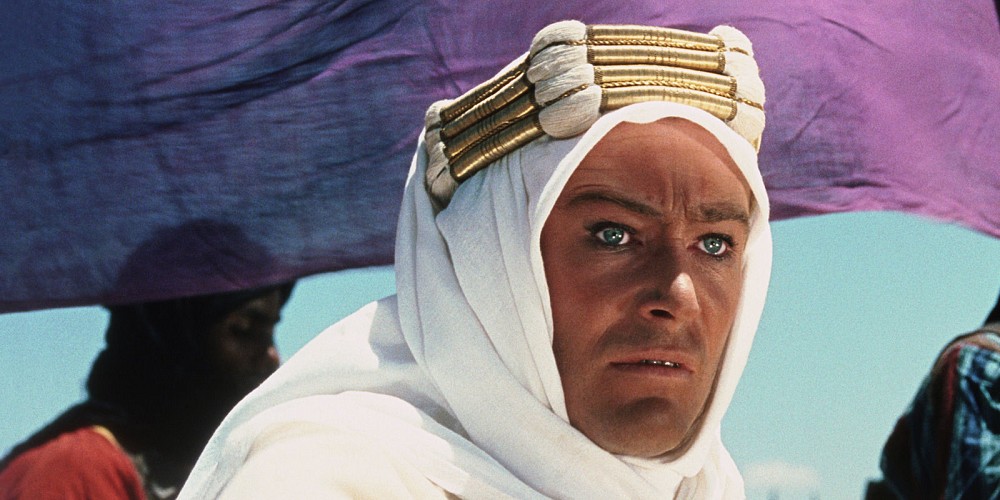
What first springs to mind, when the words David Lean are uttered in a conversation? Boundless ambition, humungous, daring, epic cinema of the kind that inspired generations to come? Maybe.
Or maybe a particular dislike for overlong, self-indulgent, dated expressionism that can no longer be classified as relevant, if it ever was in the first place. But assuming contradiction in film is unfailingly healthy, David Lean is still is one of the most widely discussed, continually assessed and reassessed filmmaker in cinematic history.
Starting his film career as a teaboy at Gaumont Studios and rising the ranks to become an editor who would eventually work on films like Powell and Pressburger’s “49th Parallel” (1941) and “One of Our Aircraft Is Missing” (1942), Lean always displayed a virtuosity quite unlike other filmmakers when it came to finding a tone in the cutting room.
When he began making feature films, his work was characterized by a visually crisp, conventionally experimental, yet vividly enlivened technique that would be consistent throughout his career. His films would tackle varying subjects and be set in dissimilar locations and periods, but his intensity and fearlessness was never inconspicuous.
Although he worked very frequently in the early stages of his career, he slowed down after the unstinting acclaim that his masterpiece “The Bridge on the River Kwai” (1957) garnered, including a fourteen-year long gap between his last two big screen endeavors.
Although all his films are instrumental in analyzing a style so popular on both sides of the aisle – with the critics and the audiences – his trajectory from the point of “Kwai” is particularly demonstrative of how, with the requisite resources at your hands, you can lend scale to even the quietest, most intimate of narratives and transport your audiences to times and places prosaic filmmaking hardly ever allows.
His films are undoubtedly a good place to begin exploring classics. They do not challenge your perceptions of cinema in ways that lead to discomfort, but still possess grandeur of a kind sorely lacking from contemporary films. Here all the 17 films he directed ranked from the worst of the bunch to the very best.
17. Lost and Found: The Story of Cook’s Anchor (1979)

In 1977, Lean and frequent collaborator screenwriter Robert Bolt decided to adapt to “Captain Bligh and Mr. Christian” into two films – “The Lawbreakers” and “The Long Arm” centering on the famous Mutiny on the Bounty. They researched and worked on the project for three years, but were ultimately unable to bring it to fruition.
During their research, they came upon an anchor lost by the legendary Captain Cook at the bottom of the Tahiti sea. They then decided to document the adventure and that lead to the TV film “Lost and Found”, which presents the discovery of the anchor and the subsequent retrieval of the anchor from the water.
It is an engrossing, albeit thoroughly unexceptional documentary that reaffirms Lean’s interest in history and our intangible fascination with it. It isn’t intended to be viewed as a dramatic rendering of a location-scouting story, but still works because of Lynch’s constructive editing and unadulterated focus.
16. The Passionate Friends (1949)
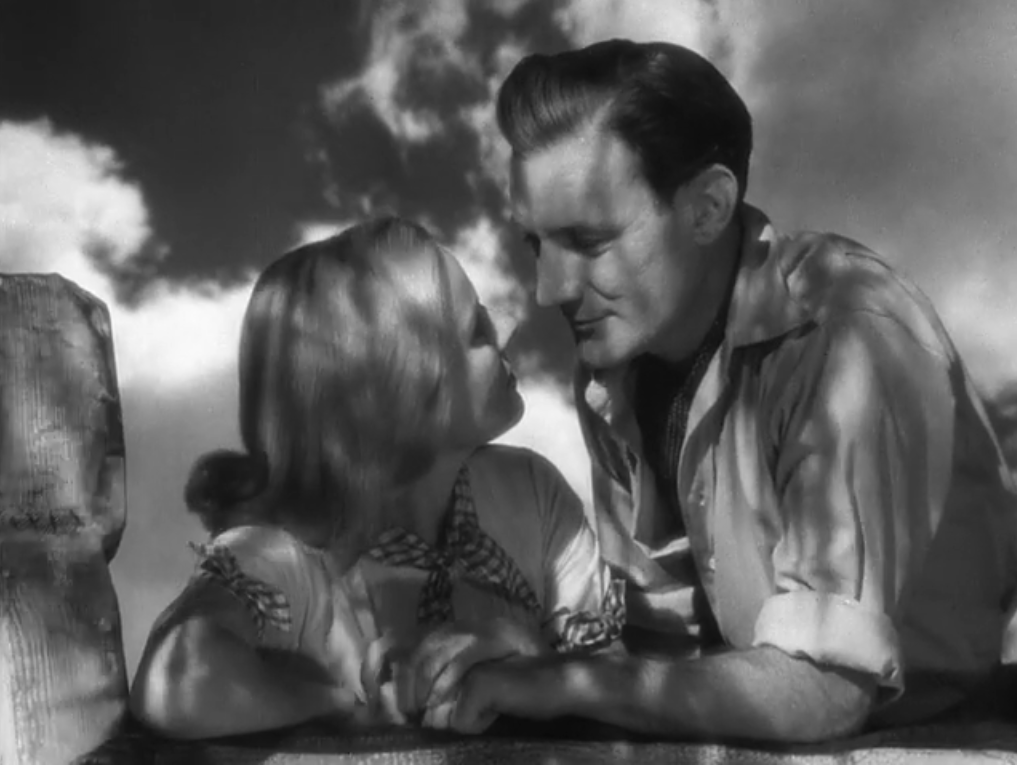
After finishing his stellar adaptations of two great Charles Dickens novels, Lean turned to an H.G. Wells book that didn’t necessarily lend itself to a Lean interpretation, but still manages to shine under his particular sensibilities. A book termed by Wells himself as “gawky”, it is still an interesting read, if the convulsions within the narrative don’t come off as too forced.
It tells the story of a woman named Mary and her dilemmas as regards to her marriage to a devoted, sincere, affectionate husband and her long-standing spirited affair with a man who she declined to marry years ago. It follows her over a period of eighteen years contemplating her evolving perception of love and the regrets she harbors from a time now out of her reach.
While Lean’s camera is never wavering from its goals in exploring the turmoil of a life and marriage fraught with tension, and captures a delicately balanced performance from lead Ann Todd, the film’s melodramatic tendencies overpower its striking beauty, but for a lonely weekend evening, it is perfect viewing.
15. Blithe Spirit (1945)
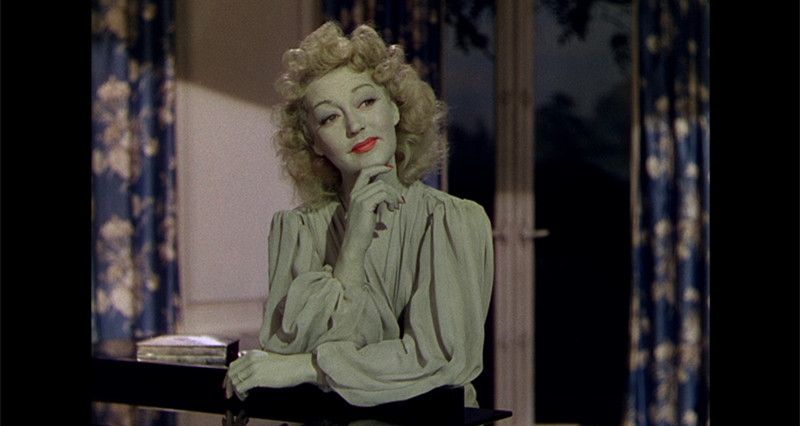
Lean’s first few films were adapted from Noël Coward’s plays that on stage were highly successful productions and gave Lean a tested platform to establish his career on. Performed a record number of times on stage, “Blithe Spirit” is essentially a photographed play, but Lean adds cinematic heft to the story using skillful special effects and filming in remarkable Technicolor.
It tells the story of a happily married couple who invite an eccentric medium to their house because the husband, a mystery writer, is looking for a plot for his new book. On a fateful evening, when the medium performs a séance, the husband’s departed first wife seemingly returns, throwing a wrench in their humdrum lives.
The only purely comical David Lean film besides “Hobson’s Choice”, “Blithe Spirit” is increasingly forgettable in contrast with his later work. It captures the sardonic realization of the British upper class that made the text so endearing, but never amasses enough substance to actually say something or even reach the acidic levels of great satire.
14. This Happy Breed (1944)
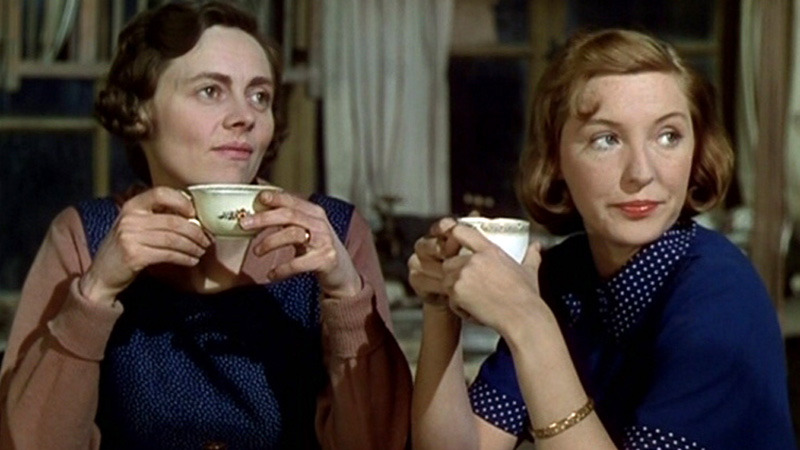
Another adaptation of a Noël Coward play, “This Happy Breed” centers on the trials of a British family set in the period between the two World Wars. The title comes from a phrase in the monologue of John of Gaunt in “Richard III” and is a reference to the British middle class’s resilience in times of formative social changes and life-altering disruptions.
The family is made up of two generous, kind-hearted and morally upright parents and their three children. The ensemble is perfectly able, but their theatrical mannerisms haven’t aged well and might be the cause of dismissing this fascinating, heartfelt study as extravagant glorification of one’s own culture.
But a closer look would afford one the opportunity to consume a pristine understanding of Lean’s knowledge of the time, fueled by a well-earned nostalgia that not only charges the performances with an infectious earnestness, but also helps overcome the film’s lack of nuance.
13. Madeleine (1950)
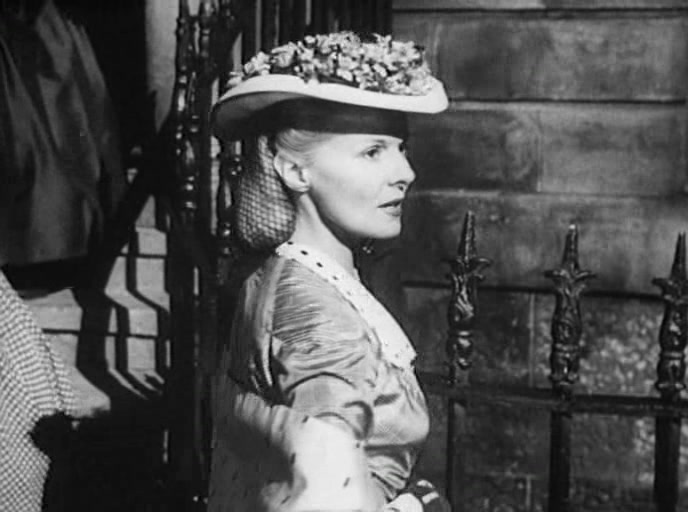
Made primarily as a wedding present to his then wife and lead actress of “Madeline’s” stage version who then reprised her role in the film, Ann Todd, “Madeleine” is famously Lean’s least favorite film of his own, and is hardly surprising to see why he must hold that opinion: the suspense is unnecessarily vamped up, the courtroom drama doesn’t go outside the realms of solid, mildly turgid filmmaking and the results are middling at best to contemporary eyes.
It covers the much publicized real-life trial of Madeleine Smith, a woman accused of murdering her secret lover when he threatens to reveal the details of their affair to her father who wishes for her to be married to another man. Labeled at the time as the “trial of the century”, it ended with the Scottish verdict of “not proven”.
Intriguing in its ambiguity and beautifully cinematographed, “Madeleine” is far from Lean’s weakest work and is a sturdy, authoritarian piece of cinema from a director who was still finding his way in the industry. Ann Todd gives a reliably terrific performance, never revealing too much of her character, while allowing us to empathize with all her motivations.